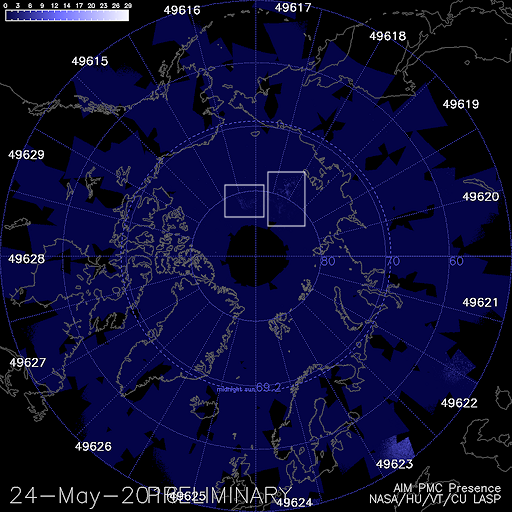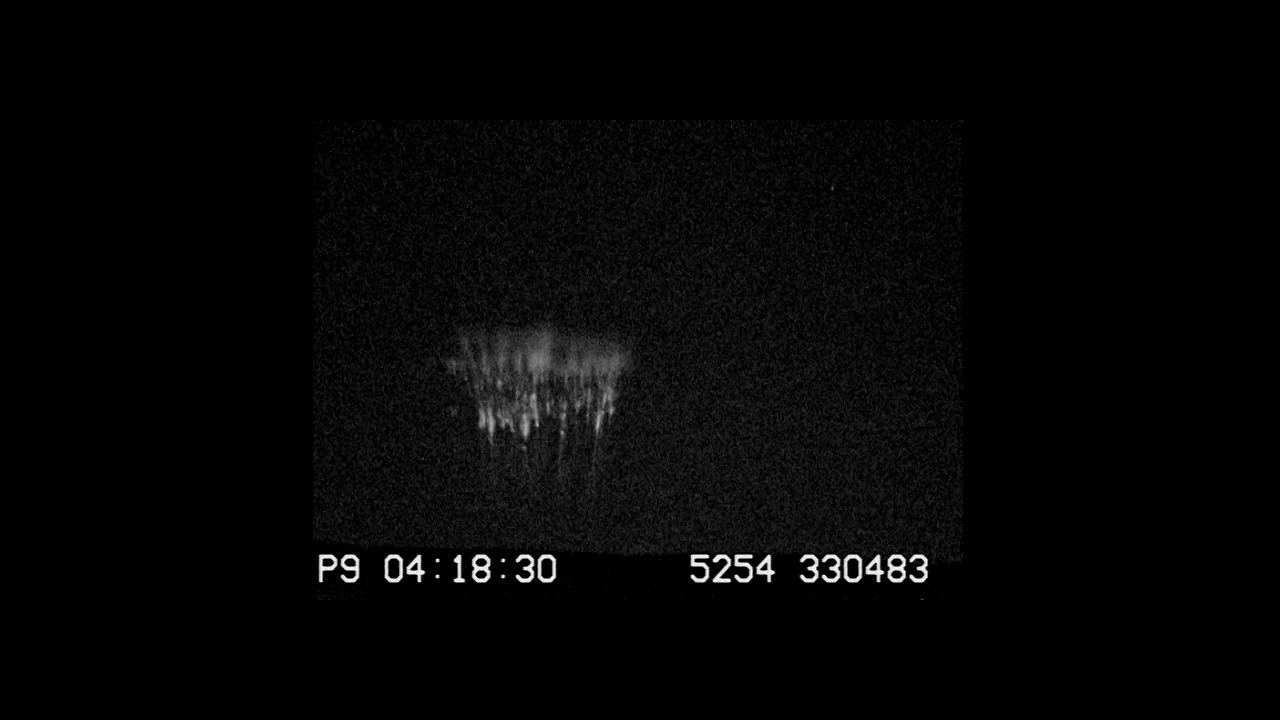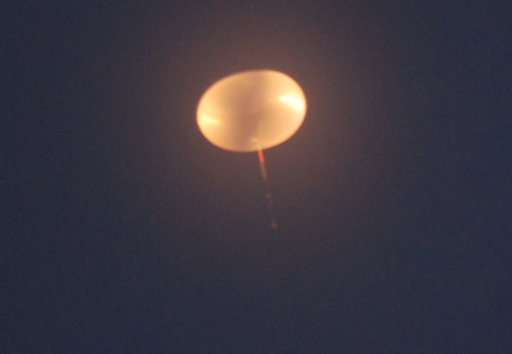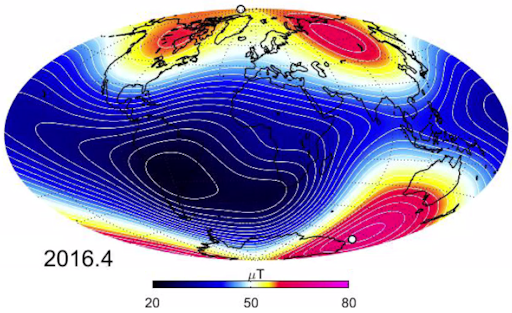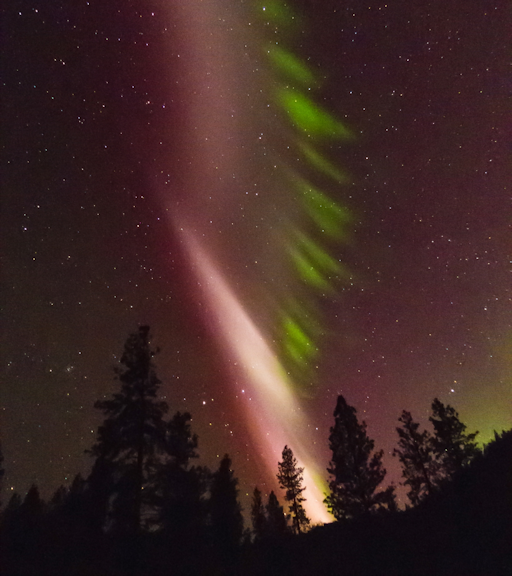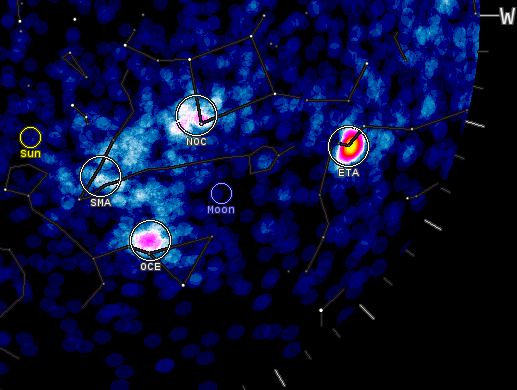Big Picture Science - Caught in a Traps
“Locked and loaded” is how one scientist recently described the San Andreas fault. Find out when this famous west-coast rift might cause “the big one;” also, the state of early earthquake warning systems.
Plus, another sign of our planet’s unceasing turmoil: volcanos! Could the eruption that produced the Deccan Traps, and not a rock from space, have been the nail in the coffin for the dinosaurs? One seismologist shares new evidence about some suspicious timing.
And, the man who was the first to take the temperature of lava, established the Hawaiian Volcano Observatory, and essentially pioneered the field of volcanology a century ago is nearly lost to history. A scientist rescues fellow volcanologist Thomas Jagger from obscurity.
Guests:
- Tom Jordan – Seismologist, director, Southern California Earthquake Center, University of Southern California
- Mark Richards – Professor of earth and planetary science, University of California, Berkeley
- John Dvorak - Volcanologist who worked with the United States Geological Survey for 16 years, author, “The Last Volcano: A Man, A Romance, and the Quest to Understand Nature’s Most Magnificent Fury”
Download podcast at: http://bigpicturescience.org/episodes/caught-traps
You can listen to this and other episodes at http://bigpicturescience.org/, and be sure to check out Blog Picture Science, the companion blog to the radio show.

